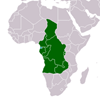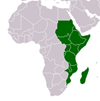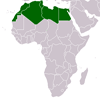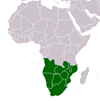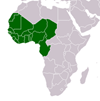Natural Effect of Spatial and Temporal Color Sequence on Human Color Impression
Natural Effect of Spatial and Temporal Color Sequence on Human Color Impression
The way in which a signal sequence of several colors (temporal information), as well as how a linear, toroidal, or circular sequences of several colors (spatial information) affect human color impression is examined. To investigate spatial or temporal effects of color sequences, a hexagonal projection of an RGB color space is considered. The projected route area indicates the magnitude of naturalness (as in rainbows) of color sequences, with the minimum sequence being similar to the order of rainbow colors. Using the projected route area with route complexity, a simple fuzzy model of human color impression is proposed. Clarifying the relationship between route complexity and the impressions of subjects for a projected route area revealed that the majority (>26%) of subjects of nearly all ages have natural impressions when the minimum route area is large. Thus, this model describes the spatial or temporal nature of natural (or unnatural) multicolored sequences.
CITATION: Sugano, Naotoshi. Natural Effect of Spatial and Temporal Color Sequence on Human Color Impression edited by Dai, Ying . Hershey, PA : IGI Global , 2010. Kansei Engineering and Soft Computing - Available at: https://library.au.int/natural-effect-spatial-and-temporal-color-sequence-human-color-impression

